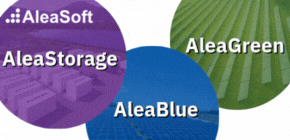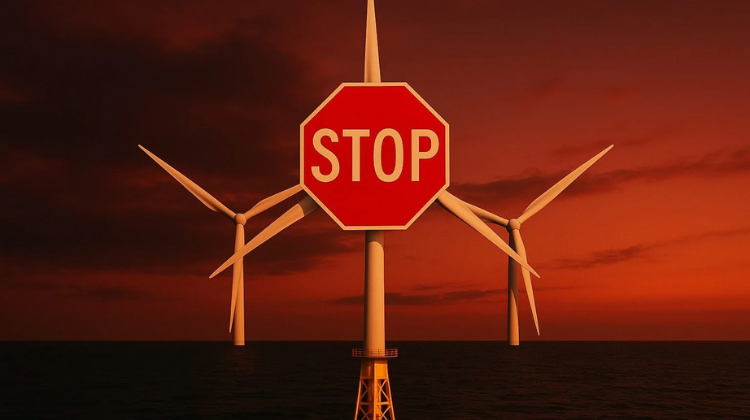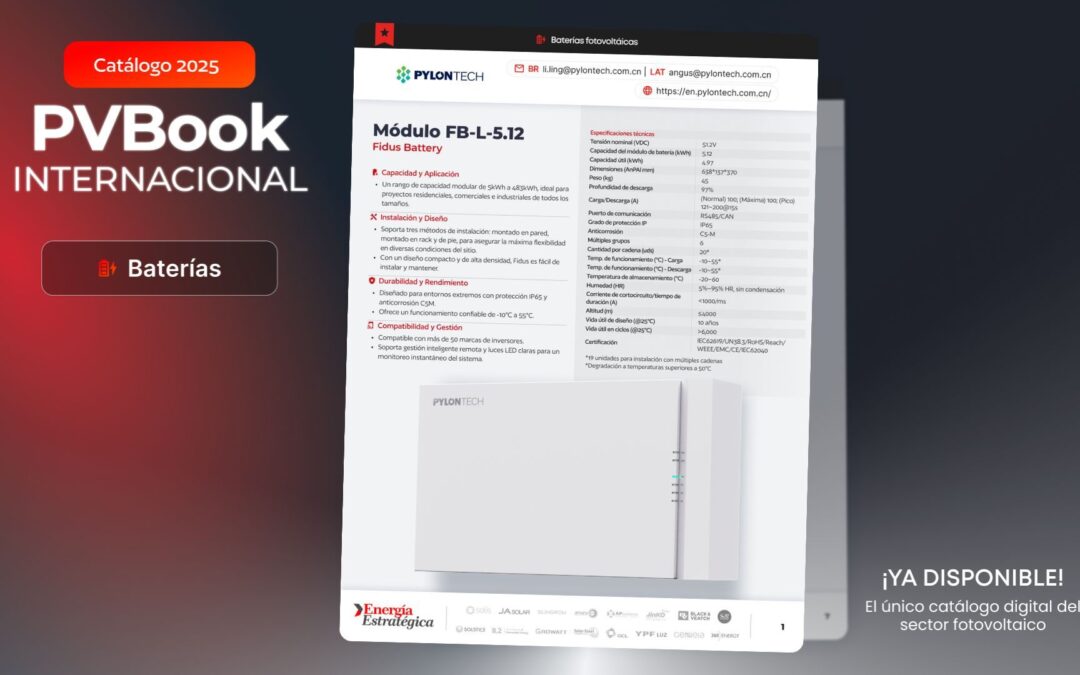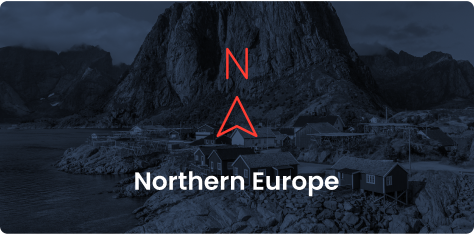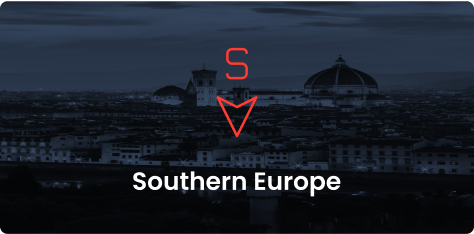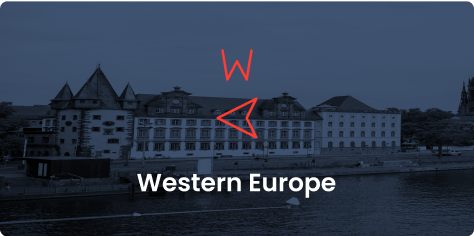Power purchase agreements (PPAs) reached 1,446 MW in April 2025, spread across 22 contracts, representing a 7% drop compared to the volumes recorded in March. For the first time in years, PPAs signed by utility companies surpassed those signed by corporate companies: 817 MW (57%) versus 609 MW (43%).
Solar energy led the technology mix with 759 MW, followed by onshore wind with 660 MW. Greece led the volume ranking thanks to an intra-group agreement for 567 MW of solar energy between Meton Energy (RWE and PPC Renewables) and its parent companies.
In this volatile market context and post-energy crisis, the European Union is promoting new state-backed guarantee models to unlock PPA financing, according to the latest Pexapark report.
State-backed guarantee schemes are re-emerging across Europe as a key lever to unblock the PPA market, particularly in the face of post-crisis financing challenges for new renewable capacity, according to the latest Pexapark report. Within this new framework, Spain and France lead the operational models, while Italy and the European Investment Bank (EIB) are developing new initiatives.
Spain and France: early adopters with mixed outcomes
Spain has operated the FERGEI scheme since 2020, aimed at energy-intensive industries. Yet, only one deal has been publicly disclosed so far: a 36 MW solar PPA between Sonnedix and Sidenor Aceros Especiales S.A. Managed by the state-owned CESCE, it guarantees up to 80% of the termination value in case of buyer default. However, a source told Pexapark, “The possibility that CESCE could cancel the guarantee at any time discourages its use”.
France launched the Renewable Electricity Guarantee (GER) in 2023 through Bpifrance. It also covers up to 80% of the PPA value if the buyer defaults. The eligibility threshold was lowered to 5 GWh per year to attract more SMEs. Still, only one PPA has been confirmed: a 20-year solar deal between Arkolia Energy and Bonduelle. The scheme now allows multi-buyer contracts and up to 30% participation from non-industrial entities, but adoption remains limited.
Italy and the EIB: new players entering the field
Italy’s scheme will support both buyers and sellers. Through the DL Emergenze decree, GSE – the state energy operator – was authorised as a guarantor of last resort.
With €45 million annually over five years, the plan aims to enable 10 GW of new capacity by 2030. Guarantees will cover up to €15/MWh in spot-PPA price gaps, but centralised trading via a PPA platform may limit market flexibility.
The EIB launched the Lending Envelope (LE) scheme in May 2025, worth €500 million, offering counter-guarantees to financial intermediaries across all EU member states, plus Norway and Iceland. Rather than replacing private guarantees, it strengthens them, allowing banks and insurers to back riskier deals. “The EIB’s risk-sharing approach could be a game-changer,” the report notes.
Spotlight: Greece, Finland and multi-buyer innovation
In Finland, Amazon signed 472 MW of onshore wind capacity with OX2, split between Rajamäenkylä and Honkakangas projects, expected online in 2027–2028. This pushes Finland’s YTD PPA volume to 494 MW, nearly five times the total of 2024.
In Denmark, Reel orchestrated a multi-buyer solar PPA with 18 SMEs, developed by Momentum Energy Group. In the UK, RWE signed the country’s first multi-buyer PPA since 2019, with five co-operatives jointly off-taking 53 GWh/year from the London Array offshore wind farm.
Price trends: slight decline, Nordic rebound
April saw the EURO Composite fall by 1.6% to €48.8/MWh, with Poland showing the sharpest drop (–6.8%). In contrast, the Nordic region rose 7.5%, due to dry hydrological forecasts.
Market fundamentals: commodity prices slide
Energy markets softened across the board in April:
-
TTF Gas Cal26: –11.9%
-
API2 Coal: –5.9%
-
EU ETS Carbon (EUA Dec25): –2.1%
-
German Power Cal26: –4.2%
These movements reflect weak industrial sentiment, mild weather and tariff concerns.
A fragmented but evolving guarantee landscape
Although existing guarantee schemes have had limited public impact, unlocking SME participation remains crucial. “Regulatory fragmentation and access complexity remain critical barriers,” the report concludes. The EIB’s involvement may mark a structural shift, as its backing could empower private mechanisms already familiar to the market.










